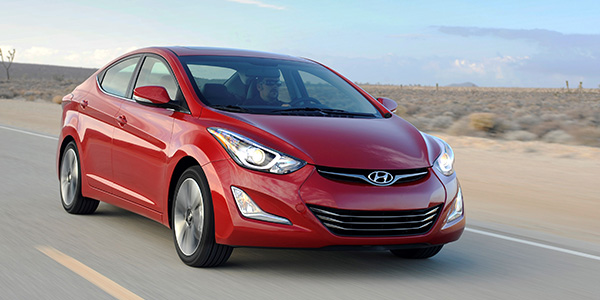Mercedes-Benz 4MATIC Sytsems and Service
4MATIC, as we know it, came on the market with the 1998 model year on the E-Class and M-Class SUV. In the past 20 years, 4MATIC has become an option on every vehicle Mercedes-Benz sells. The current generation of the 4MATIC system is mechanically bulletproof. But, what can go wrong are the electronics that manage the system, and the seals that keep the fluids inside the transfer case and differentials.
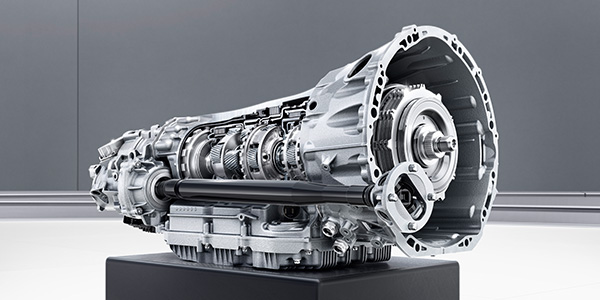
Hyundai Tech Tip: Fuel Sender Circuit Checks
Some customers may complain of an erratic or unresponsive fuel gauge or a fuel gauge that does not reach the full level after filling the fuel tank.
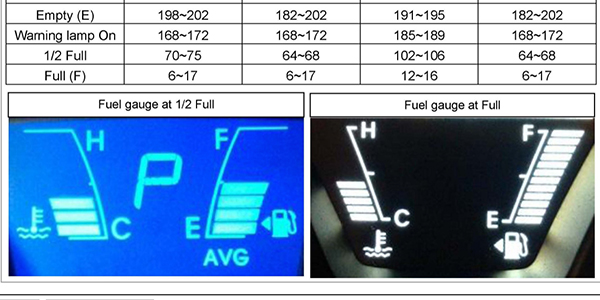
Kia Soul Brake Job: 2009-2013 Applications
Brakes on the Soul are conventional single-piston calipers and four-wheel discs on most trim levels and very straightforward to service. Some of the basic trimmed models had drum brakes in the rear.
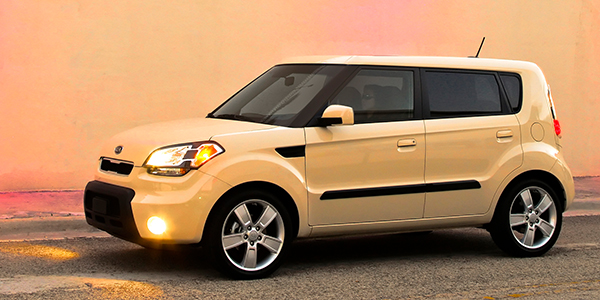
Determining Engine Oil Life: How Do The OEMs Calculate Oil Life Percentages?
Maintenance reminders for oil changes have been around since the early 1980s. Early systems from European and Asian vehicle manufacturers looked at mileage and maybe revolutions of the engine. Today, it is difficult to find a vehicle without a light, warning messages or percent of oil life indicator to get the driver to change the oil.

Brake Pad & Rotor Matching
Many techs believe that installing new pads and rotors is the solution to brake noise and vibration, and that installing new parts makes everything perfectly aligned so that no other steps are needed to bring the system back to service. Well, this is true and false.

Diagnosing, Servicing & Replacing Batteries
Just last summer, I had three batteries pass a conductance test, but fail to crank the engine on a sustained basis. The conductance tester indicated that these batteries were “good,” but they tested well below 100% capacity. In two cases, I was pursuing parasitic battery drain problems with used batteries. In another case, I had a new battery that would pass a conductance test, but not accept a recharge, said Gary Goms, Import Specialist Contributor.
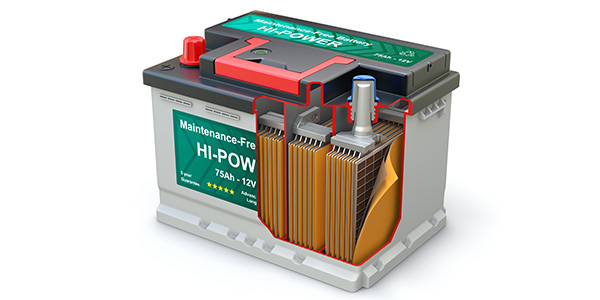
Major Impacts To Your Business Now And Into the New Year
In spite of your concentrated efforts to more effectively and profitably run your business, various market influences may lay claim to service dollars that should be yours. Take steps now to head off the effects of these impacts, knowing full well that your customers’ affinity for personal vehicles remains strong, and they trust your expertise to keep one of their most prized possessions operating safely and efficiently, says Mary DellaValle, editor of ImportCar magazine.

Nissan Tech Tip: TPMS Diagnostics
If the TPMS/LTPWS warning light is illuminated (continuously or flashing), the TPMS/LTPWS system can be diagnosed by turning the ignition to the “OFF” and then to the “ON” position. If the TPMS/LTPWS warning light is continuously illuminated (not flashing), the TPMS/LTPWS is operating normally and has detected low tire pressure in one of the tires.

Subaru Tech Tip: Front Crankshaft Oil Seal Replacement Tip
Subaru has updated the procedures and tools needed to enhance retention of the oil seal and eliminate any chance of blocking the oil return passages in the timing chain cover.
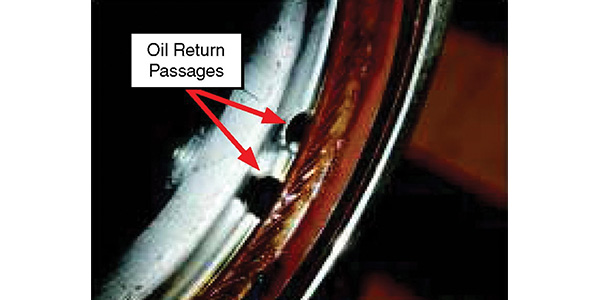
Kia Tech Tip: Poor Windshield Washer Performance
Possible foreign debris can accumulate on the windshield washer pump inlet filter and cause a weak spray. Over time, this can cause some Kia vehicles to exhibit a limited application of windshield washer fluid when the washer function is used.
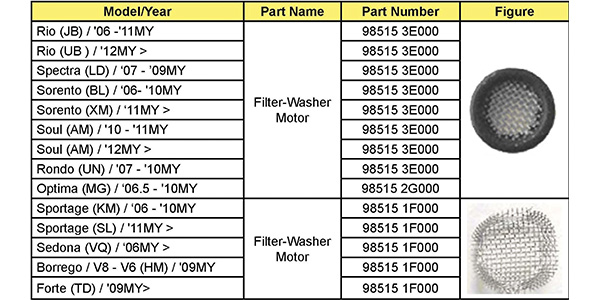
Porsche TPMS: The First Carmaker To The Game
Porsche was the first manufacturer to use a tire pressure monitoring system (TPMS) on a vehicle in 1986 for the 959 supercar. The 959 was another first because it was equipped with world’s first self-supporting run-flat tires made by Bridgestone. This TPMS setup was again used on the 928 for model years 1990 to 1994.

Hyundai Alignment: Curing ‘Drift And Pull’ Conditions
Drift/pull conditions occur at all speeds. But, the amount of force on the steering wheel or steering angle will increase with speed. If the customer states the drift/pull problem is sporadic, the cause could be the stability control system, or the electric or hydraulic power steering system.
